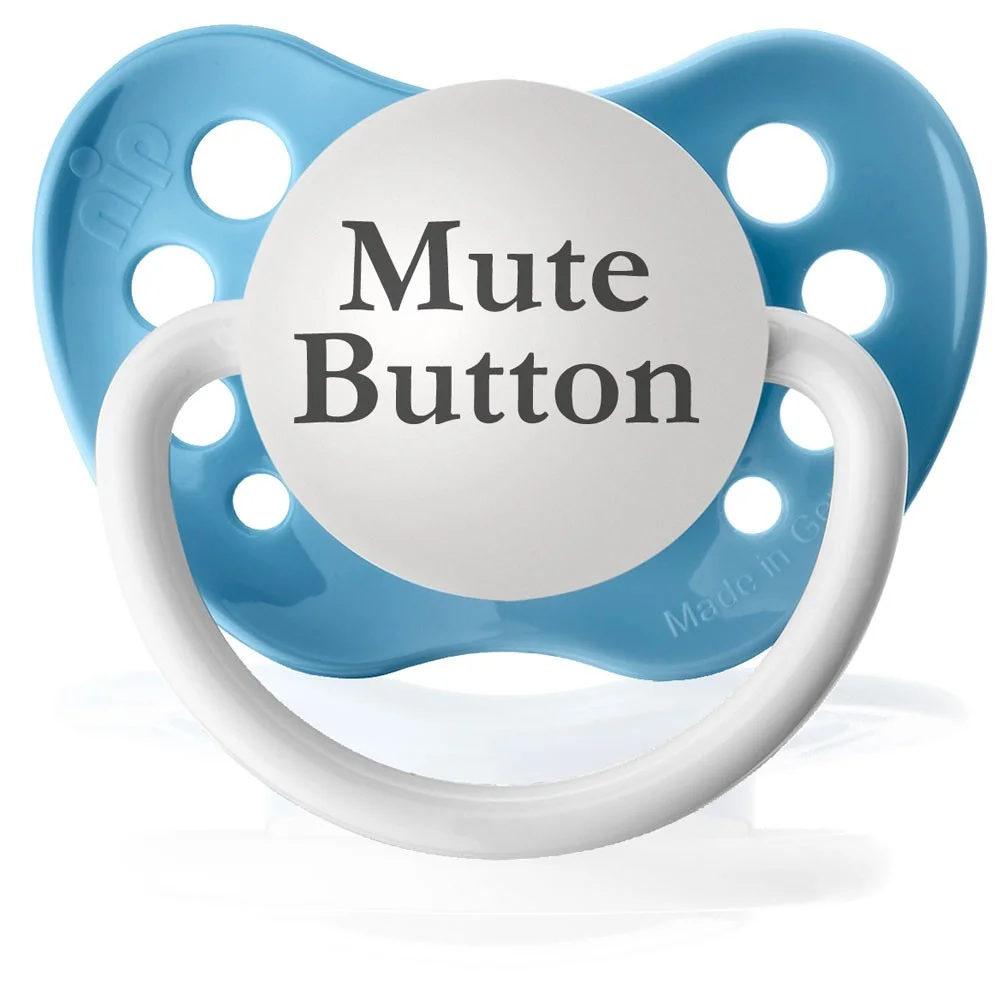ColorGuess Plus adds two new game modes that build off of the Original’s Standard Mode: Blitz Mode and Challenge Mode. Each new mode brings new gameplay to master in your quest to get the elusive perfect score of 1,000,000. Today we will discuss, in detail, the programming and development that went into making the Challenge mode of the all new ColorGuess Plus.
If you think you’ve mastered Standard Mode and are ready for something a little more difficult then prepare yourself for this challenge. Similar to Standard Mode, in Challenge Mode you’ll have to match your color as closely as possible to the computer color by moving the sliders, but there’s a twist. In this mode your color won't update while you move your slider. You’ll have to guess how much red, green, or blue is needed in the color, move the slider, and then let go to see a change in your color. On top of that, a random slider will lock itself for a short period of time, making it impossible to move! Once you’ve made your color the same as the computer color (or as close as possible) tap your color to calculate your score. Only true masters of color will be able to achieve the ultimate challenge high score of one million!
Thank you Matt for your fantastic flavor text. Challenge Mode, as the name dictates, is challenging, ironically enough, it proved to be quite the challenge to develop and program. We went through a few different iterations of what it should be, and to be honest it did not receive a fair amount of brainstorming time compared to Blitz Mode. In the end, when it came time to program Challenge Mode, the lack of brainstorming really showed itself.
Challenge Mode went through two main iterations, the initial iteration just had the sliders locking at random intervals. This was our original plan for it, but unfortunately it did not work out due to programming limitations, so we had to get creative. The limitation we found was that the slider was remaining active if the player continued to move the slider back and forth during it’s ‘inactive’ time. So, we went back to the drawing board. We decided to force the players to lift their thumbs by having the sliders only change the values when the thumb is lifted.
If you followed all of that and have played Challenge Mode, you know that this is exactly what we left it as. Flexibility with our original idea on our end gave birth to a whole new idea, that in all honesty is much more challenging than the original idea would ever have been.
This article isn’t nearly as technical as our other articles in this area, because instead of delving into the technicalities which really are not too different from the Standard Mode mechanics, our development process of Challenge Mode taught us an important message that I want to pass on. Fluidity is important while developing, especially as young and whimsical developers. We have the world available to us, opening your mind to new options and unique solutions to given problems will open the door to ideas (and in this case, mechanics) that turn out to be a hell of a lot more fun than you imagined. Challenge Mode is something that I go back to when I feel like playing, because it provides me, the co-developer, co-designer, co-inventor an actual challenge.
Austin


